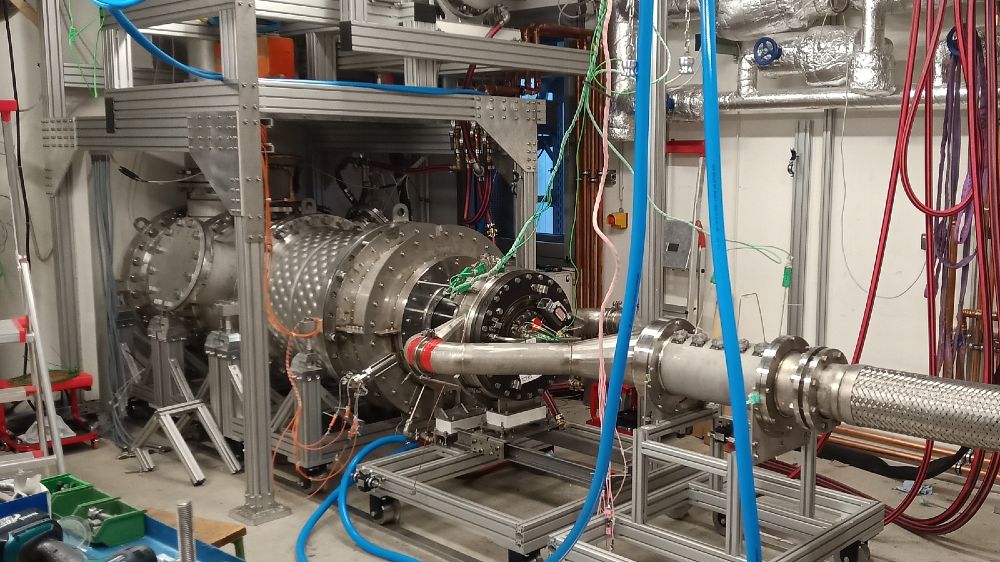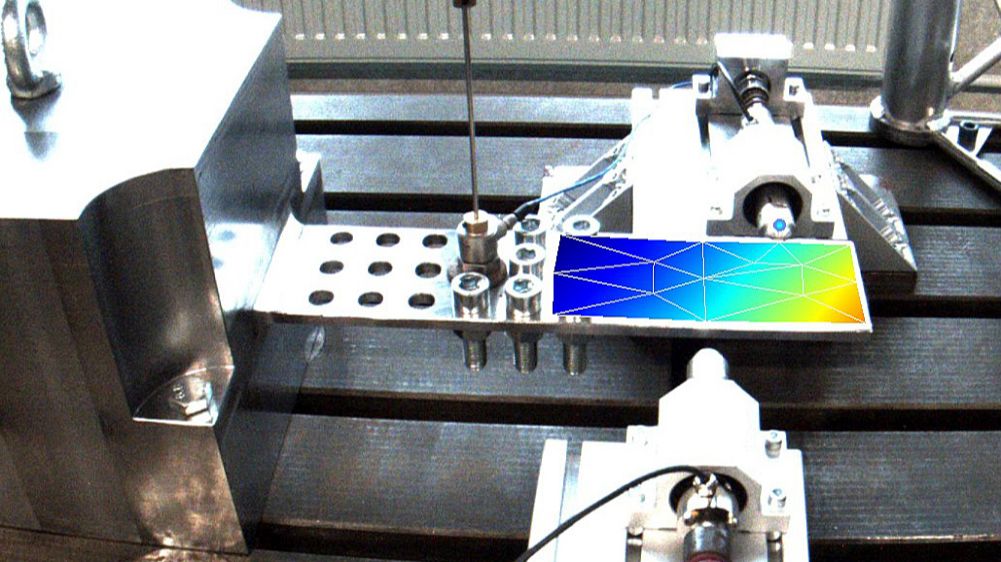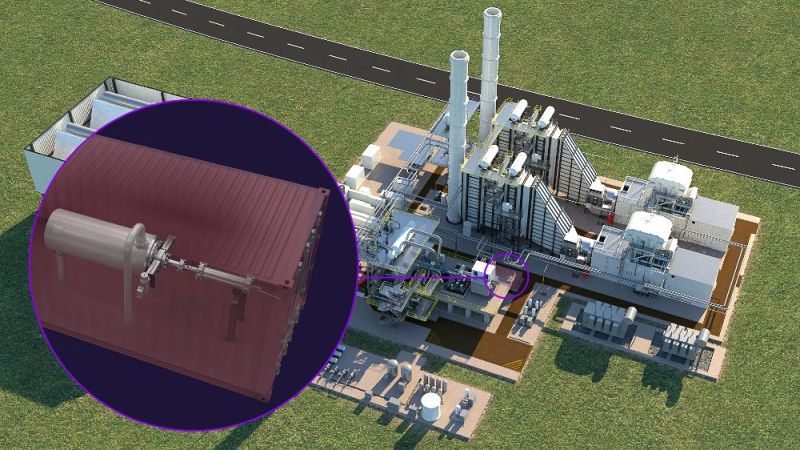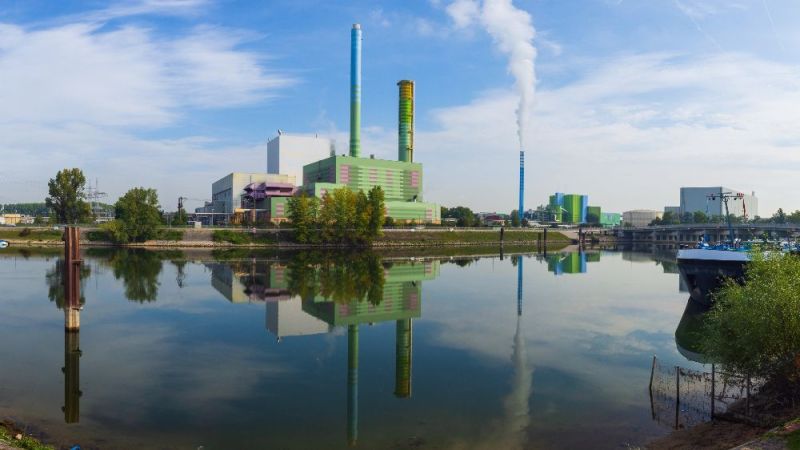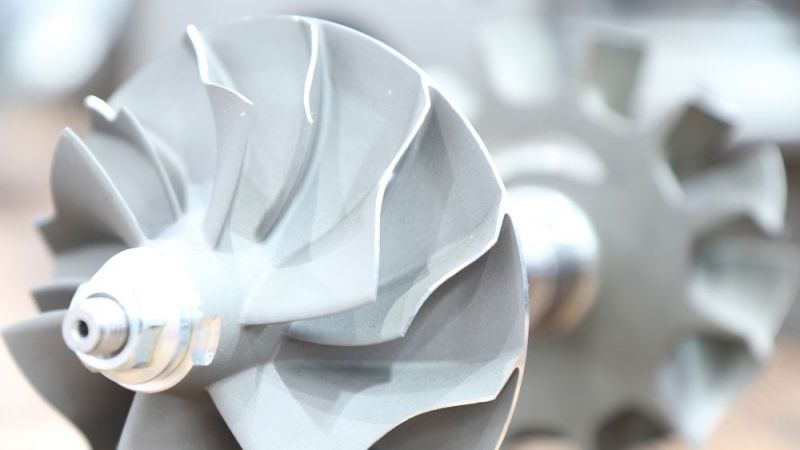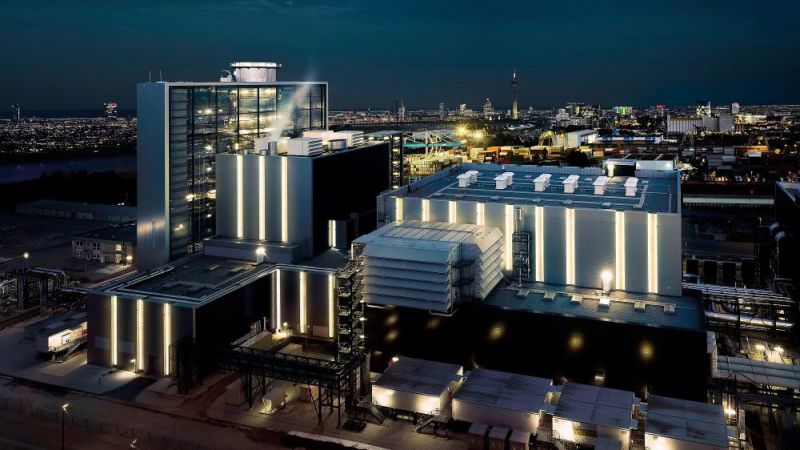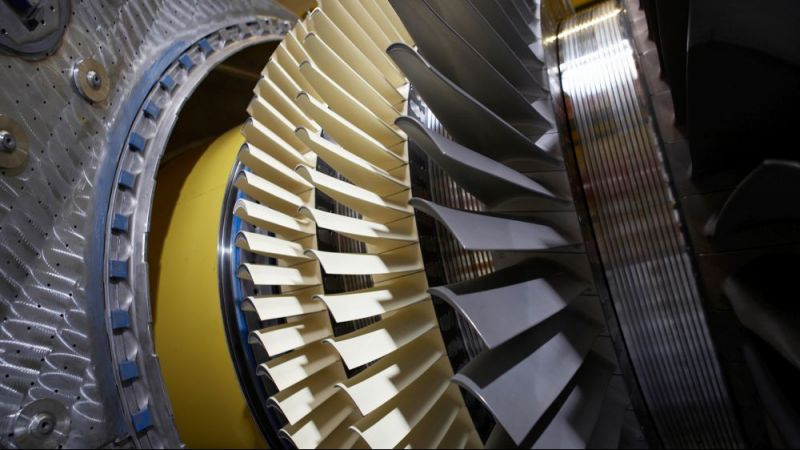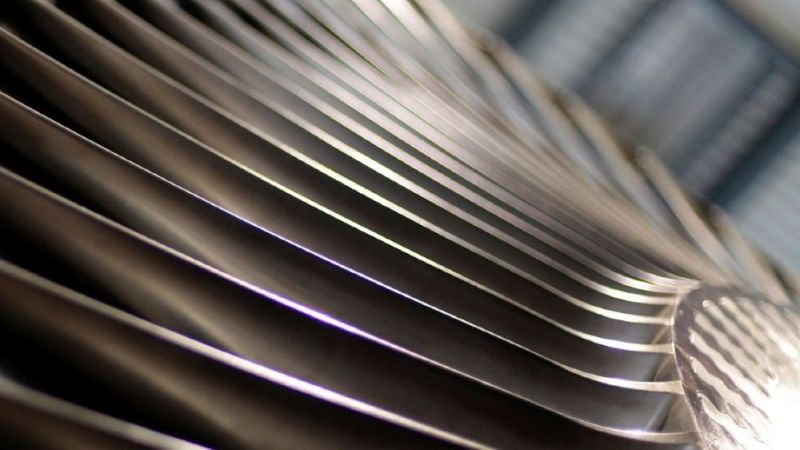Thermal power plants
Operating innovative turbomachinery with hydrogen
In the InnoTurbinE project, a team of scientists is developing robust and efficient turbines that can also be operated with hydrogen. Digital twins provide support to optimise the efficiency under real conditions.
Future power plants will need adapted turbines and processes that can withstand cyclic stresses and use hydrogen and synthetic fuels. In the "InnoTurbinE" project, short for "Innovative Turbomachines for Sustainable Energy Systems", a consortium of industrial companies and universities is investigating, as part of a project initiated by AG Turbo, how turbines must be modified so that they can be operated with hydrogen-enriched fuel gases or pure hydrogen (H2).
Robust turbines for hydrogen-fuelled gas power plants
Storage processes play an important role in bridging weather-related downtimes in renewable energy sources. Hydrogen plays a key role here. Hydrogen is a highly flammable gas with a high flame speed. This characteristic can, for example, result in a so-called flashback during the combustion process in the burner. That is why scientists are developing combustion chambers with new air and gas ducts.
In addition, turbulent flowing gases leave the combustion chamber. These can cause turbine blades to vibrate. This process becomes more important for gas turbines with a flexible and larger operating range. In addition, there are resonances and self-excited vibrations, like a flag fluttering in the wind. The long blades therefore must be specifically damped. For this purpose, teams of scientists optimise the aerodynamics, structural mechanics and material properties of the turbine blades.
Centrifugal compressors play an important role in the storage and transport processes of different fuel gases. To ensure that these can be used for different gas mixtures with hydrogen in the future, the researchers are expanding the operating range and adapting the compressors to the storage and transport requirements. After all, only robust centrifugal compressors provide durable and dynamic operation.
Virtual development of turbomachinery
The design of turbomachinery can hardly be improved. In order to nevertheless increase efficiencies under real conditions, the researchers rely on virtual strategies that support product development. This method enables new modes of operation that manufacturers were previously unable to guarantee.
In addition, new virtual design methods simultaneously evaluate all operating conditions of turbomachinery, such as changing flows, temperatures and manufacturing tolerances, as well as their interactions. The researchers' goal is to compare the real operation of the turbomachine with its digital twin. This makes it possible to predict in the future when components will fail and service intervals will become necessary. (mm)


